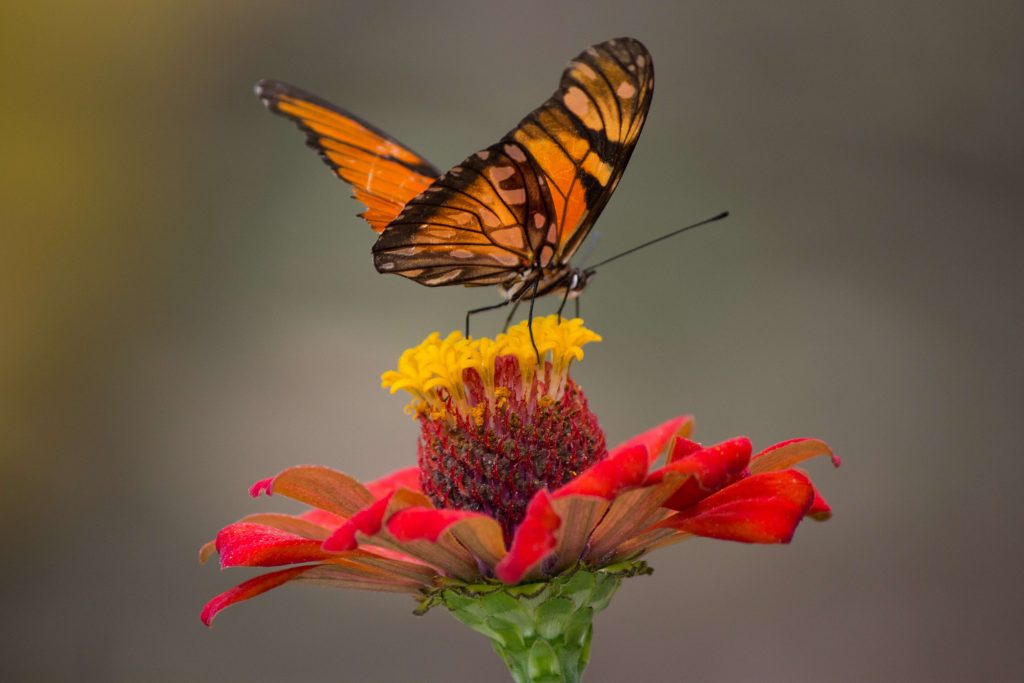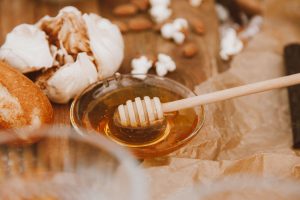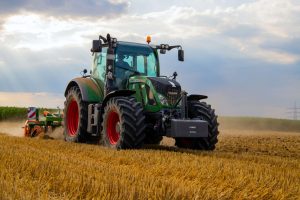Pollination is the process of transferring pollen from the male reproductive structure (anther) of a flower to the female reproductive structure (stigma) of the same plant species. The movement of pollen (analogous to sperm) to the stigma of a flower results in the fertilization of the flower’s ovules. A successfully fertilized flower will produce seeds and the fruit that surrounds the seeds, ensuring that a new generation of plants can grow.
How can a flower be pollinated?
Pollination occurs in different ways. Some plants self-pollinate. Others rely on wind or water to move pollen. Another group of plants relies on a very special category of helpers: pollinators.
Who are pollinators?
Examples of pollinators include insects, birds, mammals, and even some reptiles. Bees, wasps, ants; bee flies; both butterflies and moths; and flower beetles are some insects. Vertebrates, mainly bats and birds, but also some monkeys, opossums, rodents, and some lizards pollinate specific plants.
Why do pollinators pollinate?
There is a misconception that pollinators pollinate to help us grow food. This is not true. Both pollinators and plants “developed” a mutually beneficial system for themselves. Pollination results in the production of seeds and is necessary for many plants to reproduce. Meanwhile, pollinators receive rewards of nectar and/or pollen from the flowers they visit. The sugary nectar provides carbohydrates to pollinators, while pollen offers essential proteins, fats, vitamins, minerals, and phytochemicals.
Why are pollinators important?
Some plant species, such as wheat, do not require pollinators at all. Other plants do not necessarily need pollinators, but they will reproduce more slowly and produce fewer fruits without them. The last group is of plants that cannot reproduce or produce fruits without pollinators.
In reality, pollinators are responsible for approximately three-quarters of our major food crops. Outside of our agricultural system, approximately 80-95% of plant species found in natural habitats require animal-mediated pollination.




